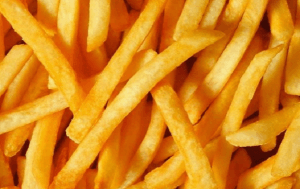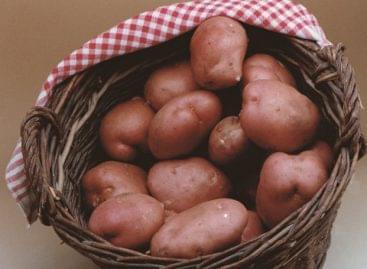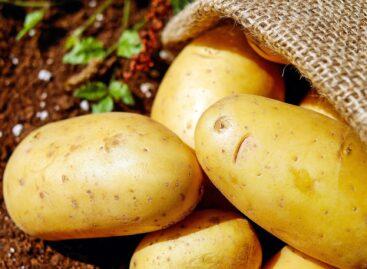Changing tastes, growing challenges: the Hungarian potato sector in new directions
The restructuring of the market, the radical change in consumer habits, and the pressing issues of self-sufficiency dominated the professional conference of the National Potato Association and Product Council (OBTT) on May 30, where the domestic and European situation of the sector was also on the agenda. At the event titled “All about potatoes”, it was said: potatoes are the third most important food in the world, but in Hungary we are still far from self-sufficiency – writes the Agrárszektor.
 Over the past decade and a half, the terrain of potato purchasing has changed drastically: while in 2010, customers purchased 39% of potatoes at markets and greengrocers, today 69% of sales take place at the checkouts of supermarkets, hypermarkets, and discount chains. The share of market vendors has shrunk from 36% to 13%. The packaging has also adapted to this: 60% of total sales are now made up of packages weighing less than 2 kilos, while the proportion of those weighing more than 5 kilos is only 5%.
Over the past decade and a half, the terrain of potato purchasing has changed drastically: while in 2010, customers purchased 39% of potatoes at markets and greengrocers, today 69% of sales take place at the checkouts of supermarkets, hypermarkets, and discount chains. The share of market vendors has shrunk from 36% to 13%. The packaging has also adapted to this: 60% of total sales are now made up of packages weighing less than 2 kilos, while the proportion of those weighing more than 5 kilos is only 5%.
As Zsuzsa Hunwald, research director of YouGov Hungary, also highlighted: spending on potatoes has increased, but the quantity purchased has decreased. The turnover of frozen potato products, on the other hand, has increased 2.5 times compared to 2010. In parallel, convenience considerations have come to the fore, and the demand for pre-packaged products is increasingly strong among the younger generations.
Potatoes are grown on 6–10 thousand hectares in Hungary, with an annual yield of 170–270 thousand tons, but 28% of domestic consumption is still covered by imports, said State Secretary Imre Hubai. The goal is self-sufficiency, but this requires more producers, better irrigation options, technological developments and logistics investments.
According to experts, production is becoming more concentrated, fewer and fewer players are cultivating larger areas, but the younger generations are more aware: they use pesticides more rationally and are also more open to digital innovations. Certified farms also have the option of chain supply, provided that they work with appropriate quality assurance and labeling.
According to market researchers, consumers still make decisions primarily on a visual basis, so it is difficult to build a brand for visible, juice-based products. However, in those where packaging precedes the choice – for example, in milk and flour – there is room for branding. Both the younger and older generations are increasingly differentiating between potato varieties: the awareness of potatoes for cooking and baking is increasing, while salad potatoes are still less popular.
Representing EUROPATAT, Romans Vorss and Berta Redondo presented the association’s 2025 objectives: supporting research, promoting seed potato exports to Turkey, Egypt and Jordan, and creating a 365-day digital potato calendar that would offer a new recipe for each day, especially for the millennial generation.
Visszajelzés küldése
Oldalsó panelek
Előzmények
Mentve
Related news
Drought anxiety in agriculture: corn, potatoes and apples are most at risk
🎧 Hallgasd a cikket: Lejátszás Szünet Folytatás Leállítás Nyelv: Auto…
Read more >HUN-REN: This year’s drought may mainly affect the yield of corn, potatoes and apples
🎧 Hallgasd a cikket: Lejátszás Szünet Folytatás Leállítás Nyelv: Auto…
Read more >The price of several basic foods has increased, and the price of potatoes has skyrocketed in discount stores
🎧 Hallgasd a cikket: Lejátszás Szünet Folytatás Leállítás Nyelv: Auto…
Read more >Related news
The HORECA sector joins forces with Alimentaria+Hostelco to mark the future of hospitality
🎧 Hallgasd a cikket: Lejátszás Szünet Folytatás Leállítás Nyelv: Auto…
Read more >Challenges of the retail sector: retail has become more crisis-resistant
🎧 Hallgasd a cikket: Lejátszás Szünet Folytatás Leállítás Nyelv: Auto…
Read more >How to avoid the hassles of online shopping?
🎧 Hallgasd a cikket: Lejátszás Szünet Folytatás Leállítás Nyelv: Auto…
Read more >






